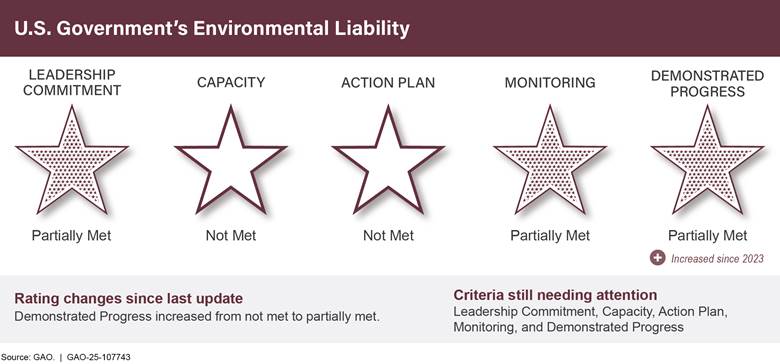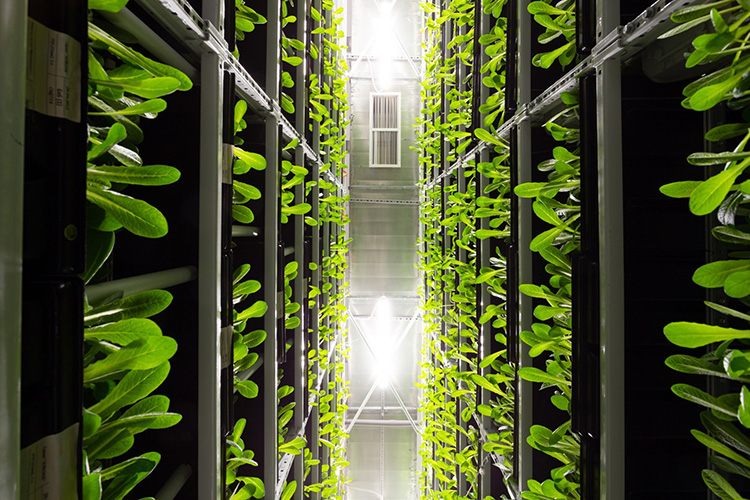
Studies highlight the impact of climate change on insect-crop interactions
- Studies find that a warming planet will change the nature of insect-crop interactions, making some regions more conducive for pest attacks, thereby impeding agricultural productivity and diminishing food security.
- Compared to tropical regions, temperate areas will witness an increase in insect attacks on crops.
- Building climate resilient agricultural practices and using existing data for future pest predictions will play a vital role in addressing the issue, say experts.
In September 2023, Rajesh Krishnan, farmer and CEO of the Thirunelly Agri Producer Company Ltd. in Wayanad, Kerala, noticed something strange in the region’s paddy crops. The crops began displaying onion-like shoots, leaving Krishnan and the other members of the FPO (farmer producer organisation) flummoxed by the unknown occurrence. “By the time we realised that something was wrong and got the regional agricultural station to intervene, we were already in the midst of a widespread pest attack,” Krishnan shares.
The onion shoot is a signature trait of the rice gall midge, a mosquito-like insect known to attack paddy crops. The pest has a short life cycle of 15-20 days and the affected tillers (grain-bearing branches) fail to produce paddy as the larva feeds on the growing shoot. Yield damages range around 30-40% of the crops, depending on the region. Apart from the onion shoot, the presence of deformed leaves and tube-like eggs are also symptoms of a gall midge infestation.
“Earlier, the main pests that we looked for were leafrollers and stem borers. We are all organic farmers and we use natural procedures to prevent an infestation by stem borers, which usually surface once every three or four years. Leafrollers are a regular feature, but they are manageable pests. We have never witnessed a gall midge attack on our farms, so we were completely unprepared for it,” explains Krishnan. He adds that the pest attack reduced their paddy yields by 50%.

Krishnan is not alone in this lament. Across the country and the world, farmers seem to be caught off-guard by insect attacks. In November 2023, the Chief Minister of Assam’s handle on X (previously known as Twitter) tweeted about an ear head cutting caterpillar outbreak that affected over 28,000 hectares of paddy fields across 15 districts in the state. The Tea Research Association also stated that pest infestations led to a revenue loss of Rs. 2,865 crore per year. Along with diseases, pests on tea plantations cause annual crop losses to the toll of 147 million kg. Similarly, last year, farmers in Afghanistan faced the brunt of devastating locust attacks that wiped out their crops, and for rice farmers in Indonesia, brown plant hopper infestation has become a significant concern.
It is a well-established fact that rising temperatures and changing weather patterns directly impact agriculture by affecting plant development rates, causing moisture loss and altering soil conditions. However, the growing number of pest reports reveals another side to how global warming will impede agricultural productivity and diminish food security.
Some pests thrive in a warmer world
In 2018, researchers across institutions in the USA published a study projecting more pest-related yield losses in the future for critical grains like wheat, maize and rice, as a result of global warming. For every degree of warming, the study estimated a 10-25% increase in crops lost to insect attacks.
The researchers elaborated that warming temperatures impact insect activities in two ways — by increasing the metabolic rate and by changing insect populations.
When temperatures increase, the metabolic rate also increases for some insects, leading to higher food consumption. This means they will resort to more crop attacks to meet their new food demands. While metabolic rate can directly impact crop yields, the effect of temperature on insect populations is a bit convoluted. Normally, an increase in temperature will increase the number of insects and their populations. But beyond a point, the high temperatures will slow down the growth, thereby reducing their numbers. Depending on the region, this can increase or have no impact on yields.
The study finds that wheat, will face the highest volume of losses as insect populations will increase in cooler regions. The losses for rice, grown in
SDGs, Targets, and Indicators
SDGs Addressed:
- SDG 2: Zero Hunger
- SDG 13: Climate Action
- SDG 15: Life on Land
Targets Identified:
- Target 2.4: By 2030, ensure sustainable food production systems and implement resilient agricultural practices that increase productivity and production, that help maintain ecosystems, that strengthen capacity for adaptation to climate change, extreme weather, drought, flooding and other disasters and that progressively improve land and soil quality.
- Target 13.1: Strengthen resilience and adaptive capacity to climate-related hazards and natural disasters in all countries.
- Target 15.1: By 2020, ensure the conservation, restoration and sustainable use of terrestrial and inland freshwater ecosystems and their services, in particular forests, wetlands, mountains and drylands, in line with obligations under international agreements.
Indicators Identified:
- Indicator 2.4.1: Proportion of agricultural area under productive and sustainable agriculture.
- Indicator 13.1.1: Number of deaths, missing persons and directly affected persons attributed to disasters per 100,000 population.
- Indicator 15.1.1: Forest area as a proportion of total land area.
Explanation:
- The article discusses the need for sustainable and climate resilient agricultural practices to address the issue of pest attacks on crops. This aligns with SDG 2, which aims to achieve zero hunger, and specifically Target 2.4, which focuses on sustainable food production systems and resilient agricultural practices. The indicator 2.4.1, which measures the proportion of agricultural area under productive and sustainable agriculture, can be used to measure progress towards this target.
- The article highlights the impact of climate change on pest attacks and the need to strengthen resilience and adaptive capacity to climate-related hazards. This connects to SDG 13, which focuses on climate action, and Target 13.1, which aims to strengthen resilience and adaptive capacity to climate-related hazards and natural disasters. The indicator 13.1.1, which measures the number of deaths, missing persons, and directly affected persons attributed to disasters per 100,000 population, can be used to measure progress towards this target.
- The article emphasizes the importance of conserving and restoring terrestrial ecosystems, including forests, in order to address the issue of pest attacks on crops. This aligns with SDG 15, which focuses on life on land, and Target 15.1, which aims to ensure the conservation, restoration, and sustainable use of terrestrial ecosystems. The indicator 15.1.1, which measures forest area as a proportion of total land area, can be used to measure progress towards this target.
| SDGs | Targets | Indicators |
|---|---|---|
| SDG 2: Zero Hunger | Target 2.4: By 2030, ensure sustainable food production systems and implement resilient agricultural practices that increase productivity and production, that help maintain ecosystems, that strengthen capacity for adaptation to climate change, extreme weather, drought, flooding and other disasters and that progressively improve land and soil quality. | Indicator 2.4.1: Proportion of agricultural area under productive and sustainable agriculture. |
| SDG 13: Climate Action | Target 13.1: Strengthen resilience and adaptive capacity to climate-related hazards and natural disasters in all countries. | Indicator 13.1.1: Number of deaths, missing persons and directly affected persons attributed to disasters per 100,000 population. |
| SDG 15: Life on Land | Target 15.1: By 2020, ensure the conservation, restoration and sustainable use of terrestrial and inland freshwater ecosystems and their services, in particular forests, wetlands, mountains and drylands, in line with obligations under international agreements. | Indicator 15.1.1: Forest area as a proportion of total land area. |
Copyright: Dive into this article, curated with care by SDG Investors Inc. Our advanced AI technology searches through vast amounts of data to spotlight how we are all moving forward with the Sustainable Development Goals. While we own the rights to this content, we invite you to share it to help spread knowledge and spark action on the SDGs.
Fuente: india.mongabay.com

Join us, as fellow seekers of change, on a transformative journey at https://sdgtalks.ai/welcome, where you can become a member and actively contribute to shaping a brighter future.






